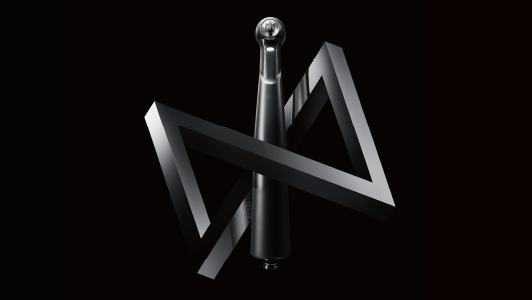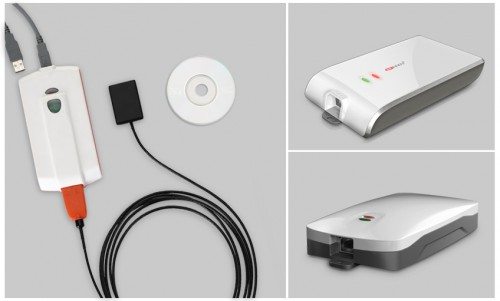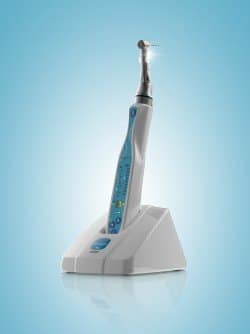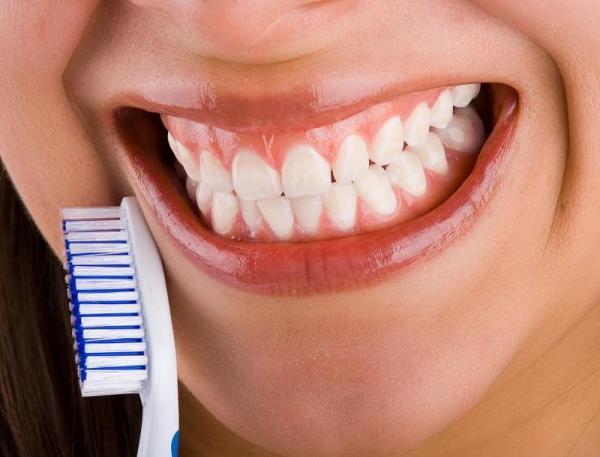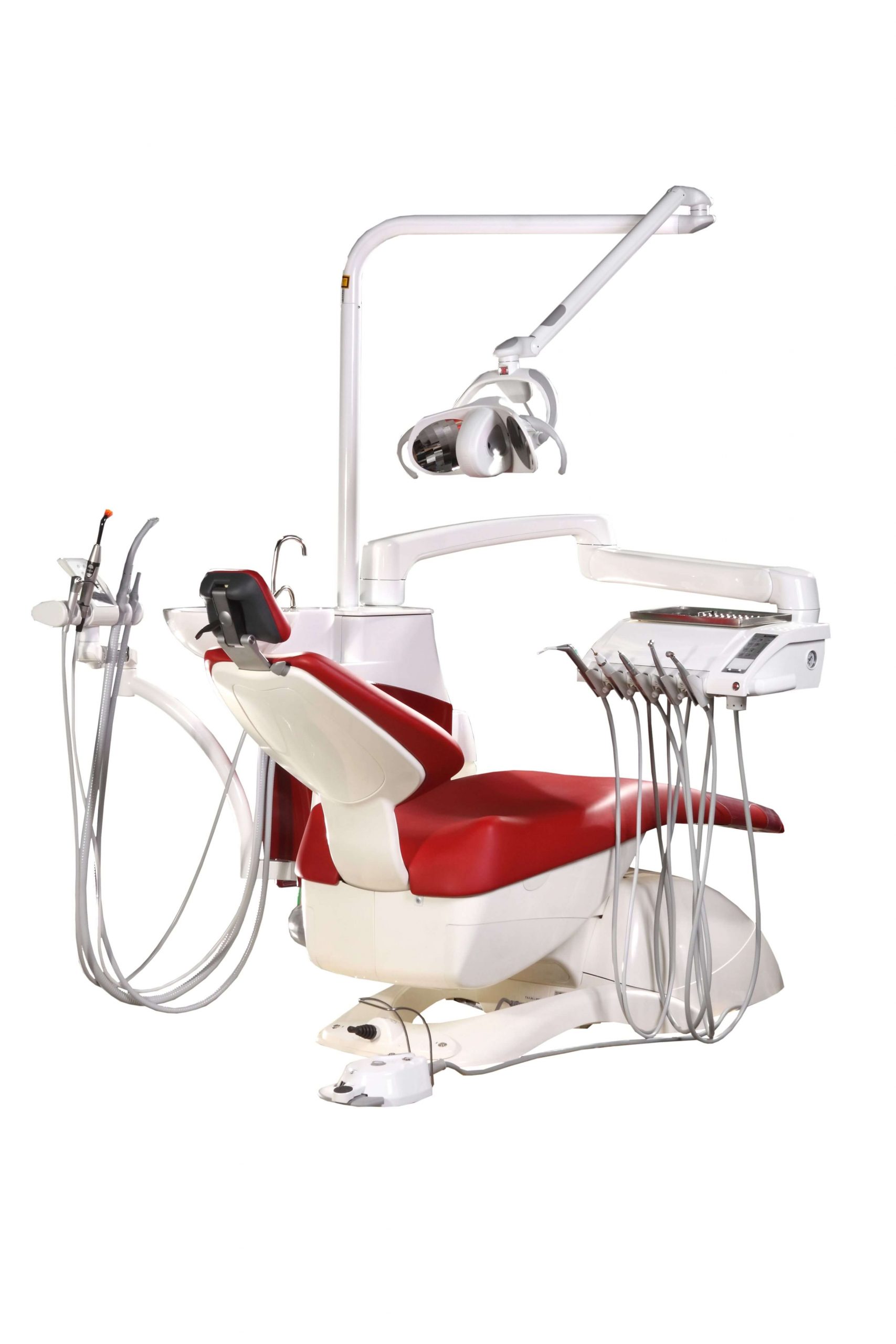What Are the Different Types of Dental Handpieces, and How Are They Used in Various Dental Procedures?
Dental handpieces are essential tools in modern dentistry, helping professionals perform a variety of procedures with precision and efficiency. Understanding the different types of dental handpieces and their specific applications is crucial for selecting the right tool for each procedure. In this article, we’ll explore the various types of handpieces available, their features, and how they’re used in everyday dental practice.
Table of Contents
1. High-Speed Dental Handpieces
Overview: High-speed handpieces are designed for tasks that require rapid cutting and precision. They typically operate at speeds ranging from 300,000 to 450,000 RPM (rotations per minute) and are driven by compressed air turbines. The fast rotation allows for efficient removal of tooth structure during procedures like cavity preparation, crown cutting, and other restorative treatments.
Key Features:
- Speed: 300,000 to 450,000 RPM
- Use of Burs: Compatible with friction grip (FG) burs
- Water Spray: Often equipped with water spray to cool the tooth and bur, preventing heat buildup.
- Applications: High-speed handpieces are primarily used for cutting hard tooth structures, removing decay, and shaping teeth for restorative work.
Procedures:
- Cavity Preparation: High-speed handpieces are ideal for drilling into enamel and dentin to remove carious lesions.
- Crown Preparations: They are used to shape and smooth tooth surfaces before placing a crown.
For more information on high-speed vs. low-speed handpieces, you can read What is the Difference Between High-Speed and Low-Speed Dental Handpieces?
2. Low-Speed Dental Handpieces
Overview: Low-speed handpieces, also called contra-angle or straight handpieces, operate at much lower RPMs—typically between 5,000 to 40,000 RPM. These handpieces are more suited for tasks that require more control and less heat generation, such as polishing, caries excavation, and trimming dentures.
Key Features:
- Speed: 5,000 to 40,000 RPM
- Use of Burs: Compatible with latch-type burs and contra-angle attachments.
- Attachments: May come with various attachments for polishing, finishing, and cutting.
Applications:
- Caries Removal: Low-speed handpieces are used to remove soft decayed tissue during dental restorations without risking damage to the surrounding healthy tooth structure.
- Polishing and Finishing: They are essential for polishing restorations, removing temporary cement, and contouring dental materials.
Procedures:
- Root Canal Treatments (Endodontics): Low-speed handpieces are used for preparing canals and removing infected pulp.
To dive deeper into when to use low-speed handpieces, check out Which Dental Handpieces Are Best Suited for Specific Procedures?
3. Surgical Handpieces
Overview: Surgical handpieces are specialized for oral surgeries such as extractions, implant placements, and bone contouring. These handpieces need higher torque but lower speeds to ensure precise control during surgical procedures. They often come with irrigation systems to keep the surgical site cool and free of debris.
Key Features:
- Torque: Higher torque than regular handpieces to handle dense bone tissue.
- Speed: Typically ranges between 10,000 to 40,000 RPM for precision.
- Sterilization: Must be sterilizable in an autoclave to ensure hygiene.
Applications:
- Implantology: Surgical handpieces are indispensable for drilling into bone when placing dental implants.
- Oral Surgery: From bone contouring to tooth extractions, these handpieces offer the necessary control and power.
Procedures:
- Implant Placement: Used to drill pilot holes and insert implants.
- Bone Grafting and Contouring: Ideal for reshaping bone or removing excess bone tissue.
For more insights into surgical handpieces and their uses, visit Which Dental Handpieces Are Best Suited for Specific Procedures?
4. Electric Handpieces
Overview: Electric handpieces are driven by electric motors rather than air turbines. They offer more consistent torque and smoother cutting at both high and low speeds. Electric handpieces are increasingly popular due to their precision, versatility, and durability.
Key Features:
- Torque Control: Electric handpieces maintain consistent torque, even at lower speeds.
- Adjustable Speed: Dentists can control the speed, making them suitable for a range of procedures.
- Quiet Operation: They operate much quieter than air-driven handpieces, making them more comfortable for patients.
Applications:
- Restorative Dentistry: Suitable for tasks that require both high-speed cutting and low-speed polishing.
- Oral Surgery: High torque and precise control make electric handpieces ideal for surgical procedures.
Procedures:
- Cavity Preparation: Electric handpieces offer smooth and consistent cutting.
- Crown and Bridge Work: Used for precise cutting and trimming of crowns and bridges.
For more detailed specs on electric handpieces, check out What Are the Key Features and Specifications of NSK Dental Handpieces?
5. Hygiene Handpieces
Overview: Hygiene handpieces are specially designed for preventive care, such as scaling and polishing teeth. These handpieces are often lighter and ergonomically designed for repeated use during long hygiene appointments.
Key Features:
- Lightweight Design: Allows for extended use without hand fatigue.
- Easy Maintenance: Built for quick sterilization and regular use.
- Variety of Tips: Compatible with various polishing and scaling tips.
Applications:
- Polishing: Hygiene handpieces are used for polishing teeth after scaling to smooth enamel surfaces and remove stains.
- Scaling: In some cases, they can be used for scaling to remove plaque and tartar build-up, although ultrasonic scalers are more commonly used for this task.
Procedures:
- Dental Prophylaxis: Hygiene handpieces are critical during routine cleanings, allowing the dental hygienist to polish and remove surface stains.
- Preventive Care: Regular use in check-up appointments to maintain oral health by polishing restorations and enamel.
To explore more about how these handpieces fit into specific procedures, you can read Which Dental Handpieces Are Best Suited for Specific Procedures?.
6. Specialty Handpieces
Overview: Specialty handpieces include tools designed for specific tasks that may not fit neatly into the categories of high-speed, low-speed, surgical, or hygiene handpieces. These can include straight handpieces used in dental labs or handpieces made for orthodontic or prosthodontic work.
Key Features:
- Straight Handpieces: Often used in dental labs for trimming, polishing, or creating dental appliances.
- Low Torque and High Precision: Many specialty handpieces prioritize precision over speed and power.
- Ergonomics: Designed to reduce hand fatigue during long procedures, especially in lab work.
Applications:
- Dental Laboratory Work: Used in labs for tasks such as trimming, cutting, and polishing dental prosthetics or restorations.
- Orthodontic Adjustments: Specially designed handpieces may be used to make adjustments in orthodontic treatments.
Procedures:
- Prosthetics Fabrication: Straight handpieces are commonly used in the creation and polishing of dentures, crowns, and bridges.
- Orthodontic Procedures: Used to make precise adjustments in orthodontic treatments, such as trimming orthodontic appliances or braces.
For a more in-depth look at how specialty handpieces function, read What Are the Key Features and Specifications of NSK Dental Handpieces?.
Conclusion: Choosing the Right Handpiece for Your Practice
Understanding the different types of dental handpieces and their applications is key to delivering precise, efficient, and comfortable dental treatments. From high-speed and low-speed handpieces to specialized surgical and hygiene models, each type of handpiece plays a specific role in various dental procedures.
When selecting a dental handpiece for your practice, consider the specific procedures you perform most frequently, and choose a handpiece that offers the best combination of speed, torque, and control for those tasks. For example, a high-speed handpiece is ideal for restorative work, while a low-speed handpiece is perfect for polishing and finishing.
For detailed information on how to maintain these handpieces for optimal performance, explore How Do You Properly Clean, Lubricate, and Maintain a Dental Handpiece?. If you’re interested in learning more about how to differentiate between handpieces for specific tasks, check out Which Dental Handpieces Are Best Suited for Specific Procedures?.

